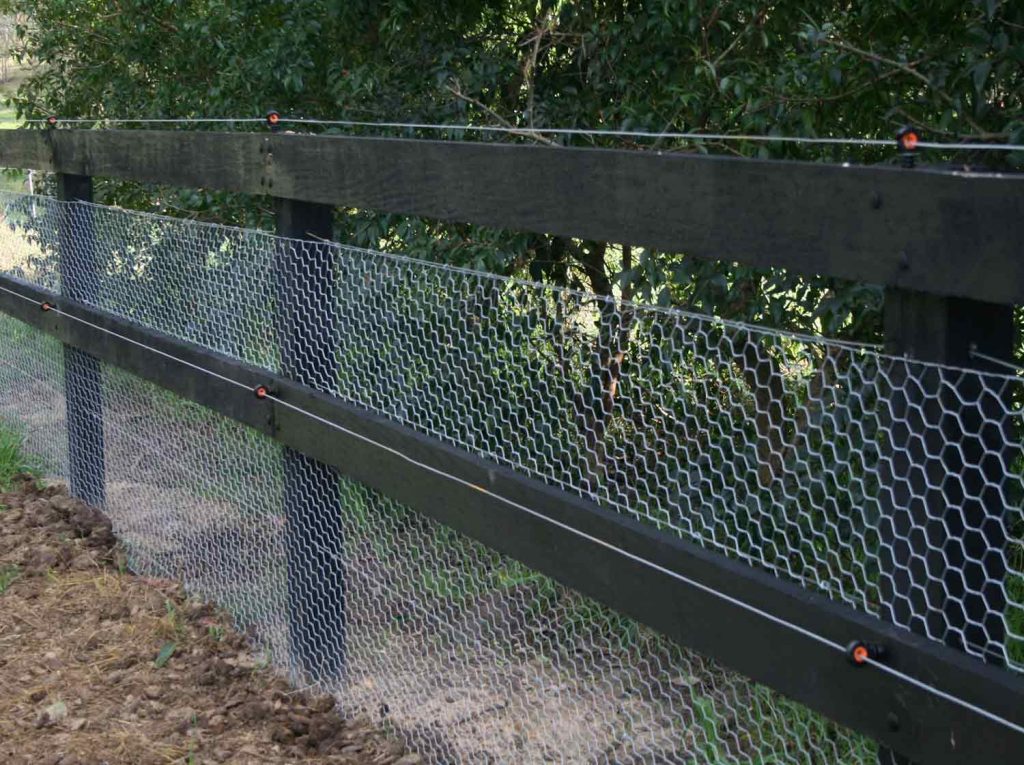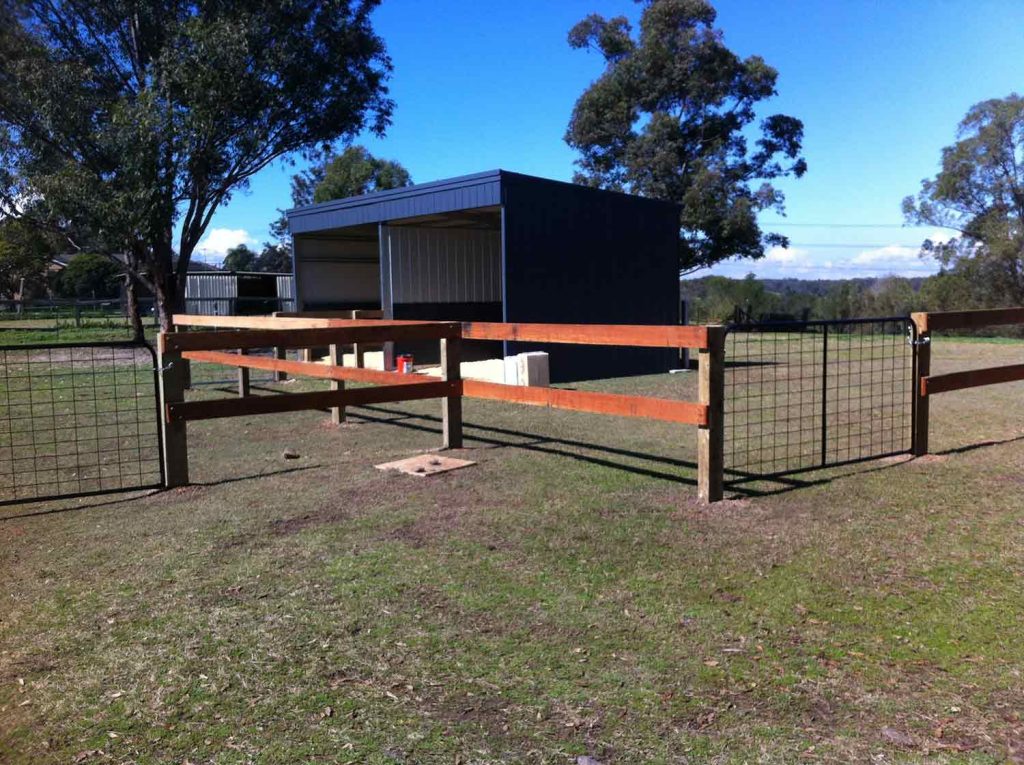As you drive through the rural areas, you notice that the streets are lined with various types of rural fencing. From steel post and wire fencing to timber post and rail fencing, the variety seems to be endless, and you can't help but wonder why the fencing differs so much from one property to the next.

Being asked “What type of rural fencing do I need for my property” is one of the most common questions in the fencing industry, there are just so many options that are available to land owners depending on their requirements and taste.
We will be talking about some of the different types of rural fencing, that are available, so you will be able to make an informed decision from these rural fencing ideas and be able to plan the layout of your property and its fences including the type of fencing options that are available to suit your requirements and the materials that will be needed to complete your rural fencing.
We aim to take out the “Oh, I wish I knew I could do that” or “I wish that I did it this way instead”, we want you to be completely happy with your choice and design of the rural fencing for your property.
Rural Fencing does take time to complete over residential fencing, just the overall area of a rural fence is that much greater, and normally a residential fence would be either a colour bond fence or palling fence, and in both of these types of fences, the material is already pre-made, and much easier and quicker to install.
For rural timber fencing, however, preparation and planning are the key.
Sourcing the right timber is very important, the timber should come from a reliable source, and one that uses sustainable timber. Using a Timber Mill that supplies directly to trade and the public, utilize the opportunity they have to handpick the tree to fell, so they are selecting the best timber for what it’s going to be used for, and also minimise the wastage of the tree, nice straight tree will have a larger yield.

Different requirements mean different fences, if you are looking for livestock fencing then we would start by looking at the size of your animals, what is going to be required to keep them safe, also the terrain that needs to be fenced and then your budget to complete the work.
Mostly, fencing for equestrian properties would use Post and Rail Fencing. This fence will lend itself to most situations and with some optional extras such as netting and setting up an electric fence, this fence will meet most needs for horses.
Other options of rural fencing such as steel posts and wire fencing, require a lot less time and also machinery and is a highly versatile and cost-effective rural fence. Kilometres of this type of rural fencing can be rolled out, this type of fence lends itself to a wide range of terrain, with excellent options for property requirements and also provides secure fencing for dogs and smaller animals that you may need to contain.
With stock fencing for animals like cattle, steel posts and wire can also be used, however, the wire is slightly different, a barbed wire would be used which deters the stock from leaning and pushing on the fence.

And finally, if you are looking for "Curb Appeal", then post and 3 rail rural fencing is going to ensure that your property gets attention from passers-by.
Depending on your final finish requirements for the post and rail fencing, you might have also wanted some finer details like morticed post and rail or fence netting to be added to the fence. These additions will take longer than say just bolting up a rail to the posts.
Other options of rural fencing such as steel posts and wire fencing, require a lot less time and also machinery and is a highly versatile and cost-effective rural fence. Kilometres of this type of rural fencing can be rolled out, this type of fence lends itself to a wide range of terrain, with excellent options for property requirements and also provides secure fencing for dogs and smaller animals that you may need to contain.
Post and rail rural fencing is one of our most popular choices for timber fencing on rural properties, however, it does take the largest amount of time. Materials need to be sourced, and larger equipment such as a Skid steer or excavator would need to be used.
Once the timber has been sourced, the preparation starts. The set-out occurs, marking out post holes that need to be dug, preparing the posts if hardwood posts need to be painted, and adding protection to the part of the pole that is in the ground, this also adds to the overall lifespan of the hardwood post and in some cases depending on the moisture content in the ground, concrete may be used in the post holes, or rock may need to be excavated resulting in a delay in waiting for the concrete to set also needs to be factored in as this May take 24 hours to be workable.

Now that all posts are in place, we can begin the process of measuring the ideal height of three fence lines and marking it with a pencil on each post. Next, run a string line terrain line to determine that the overall height and flow of fence rails follow the terrain but also look aesthetically pleasing. This is also a careful process to ensure that any fencing netting or horse netting can reach the ground.
So, if you plan and build a rural fence, then make sure you do some preparation this will assist in the construction of your new fence, so if there is an existing fence, remove it and clear the line of all debris, so that construction can start immediately, this will also help you reduce some of the costs and speed up the construction time.